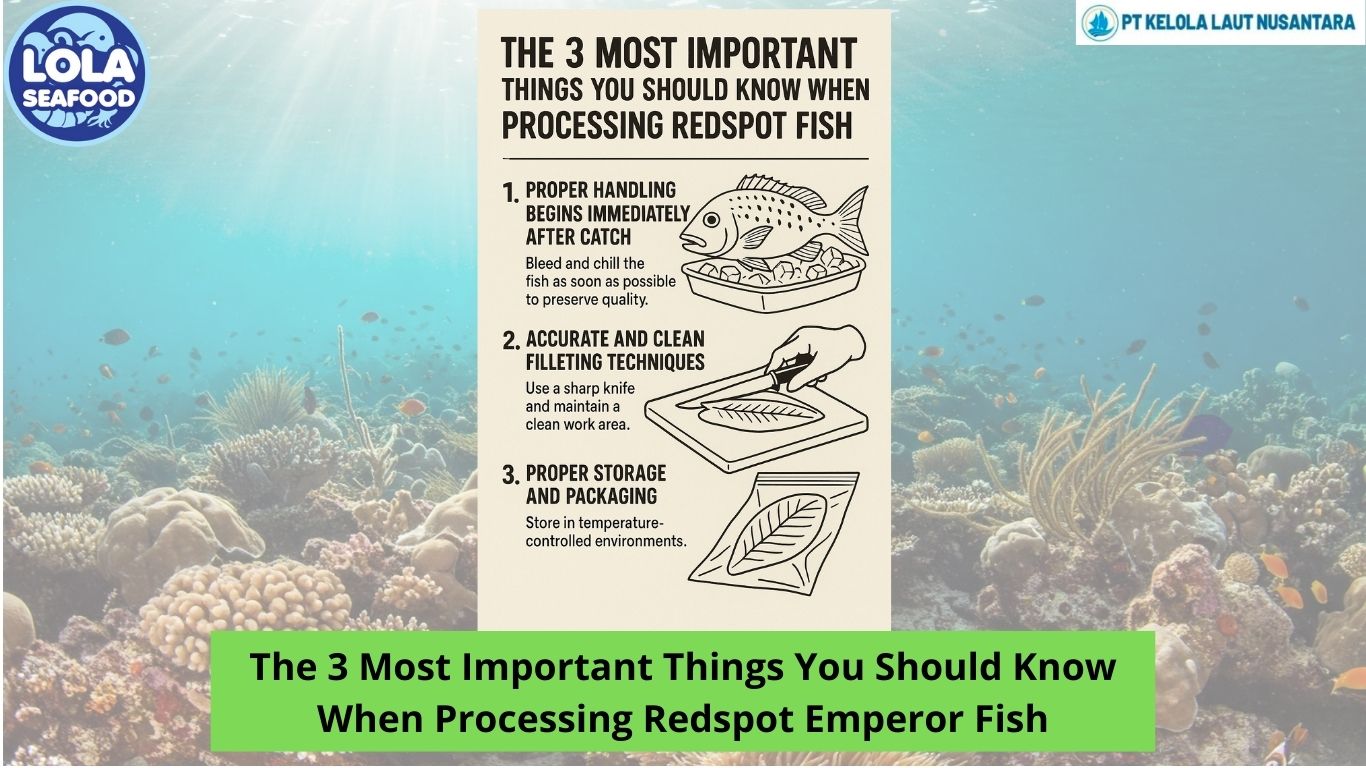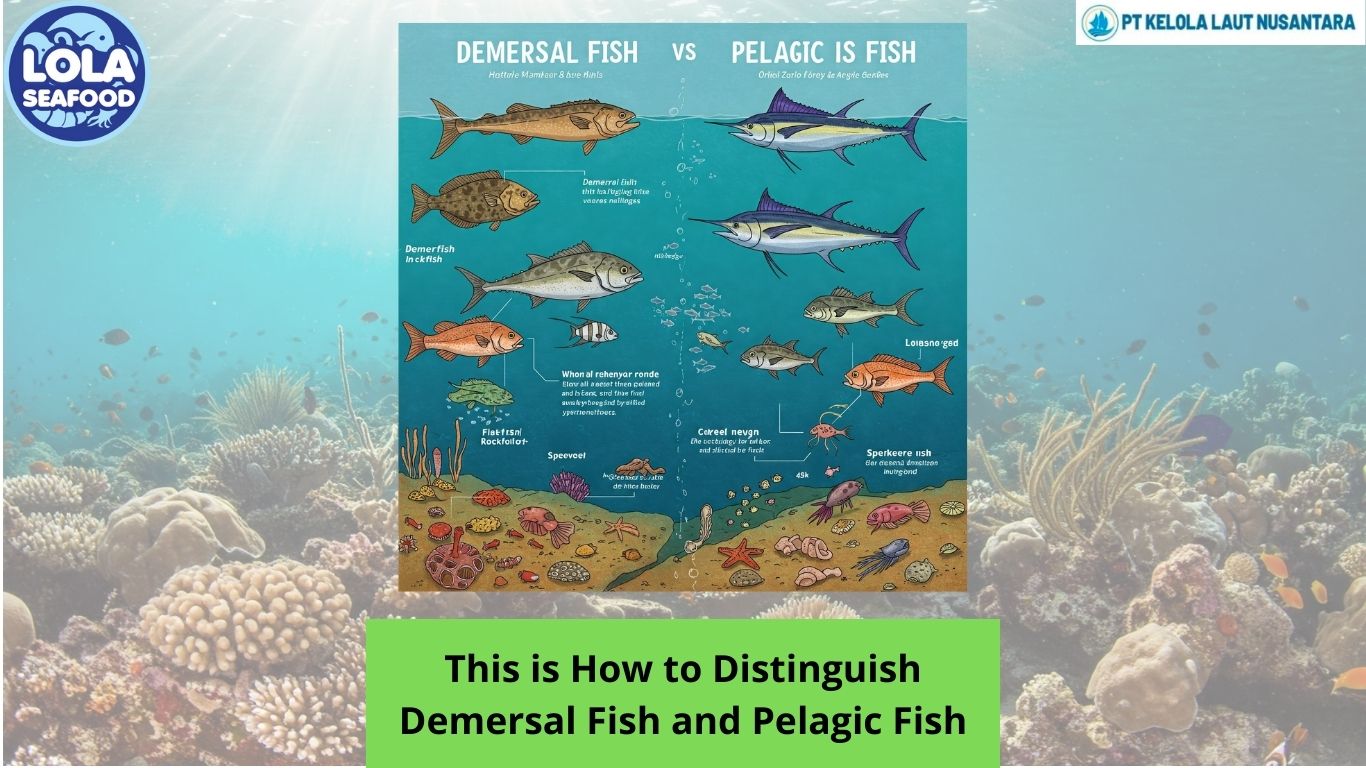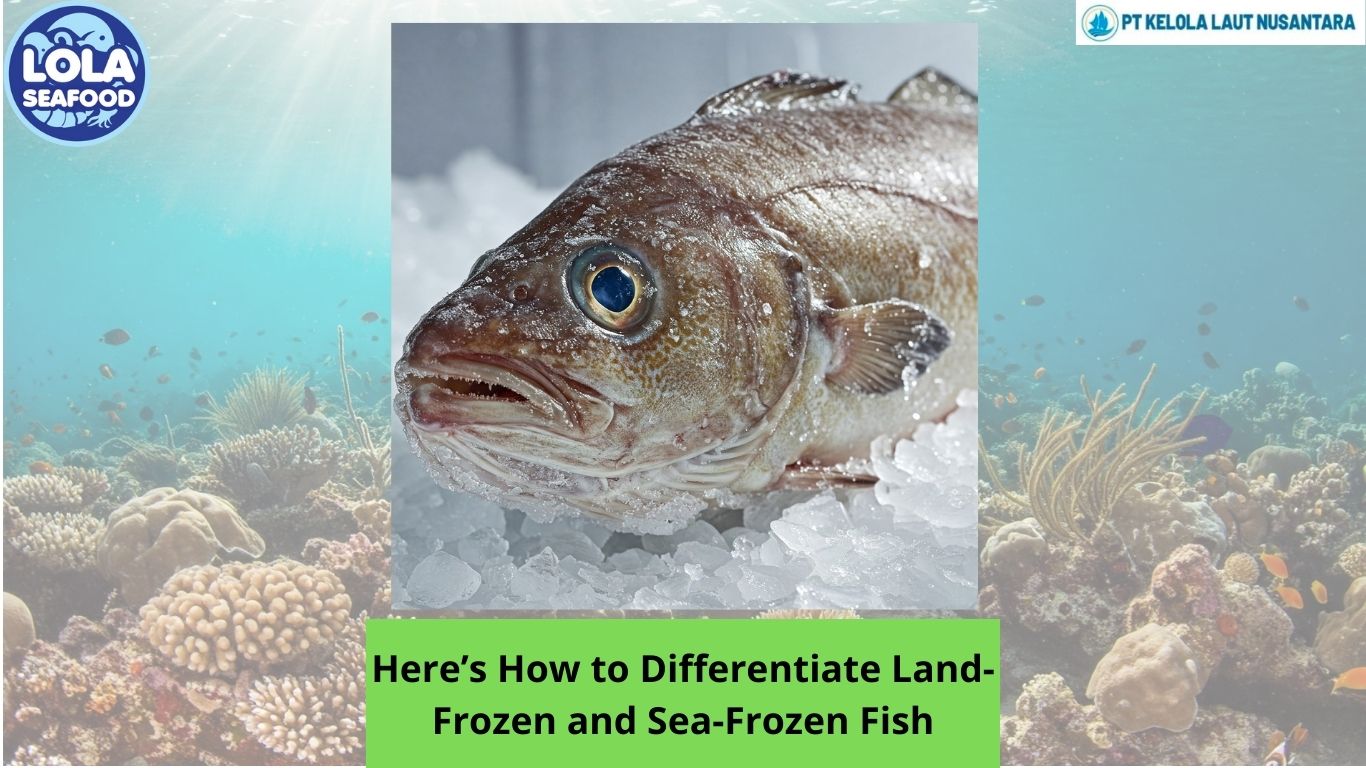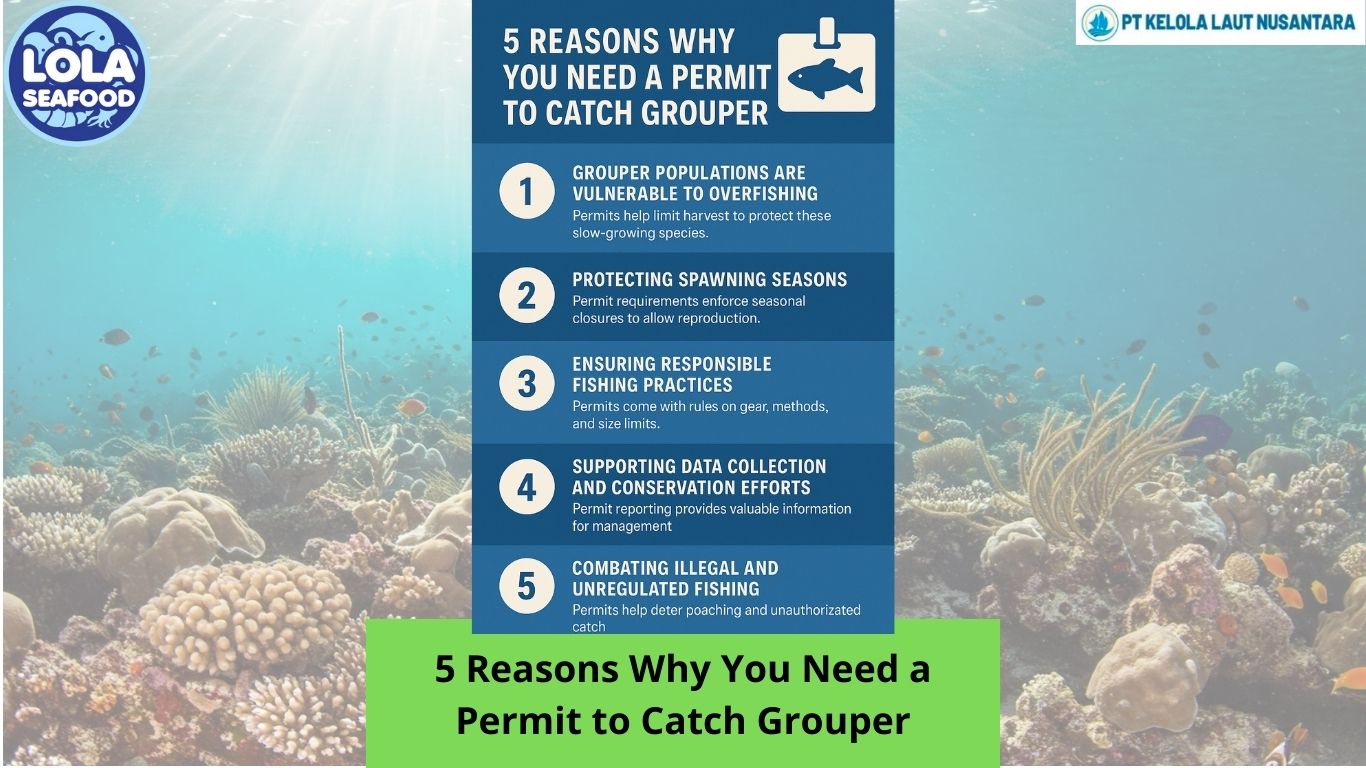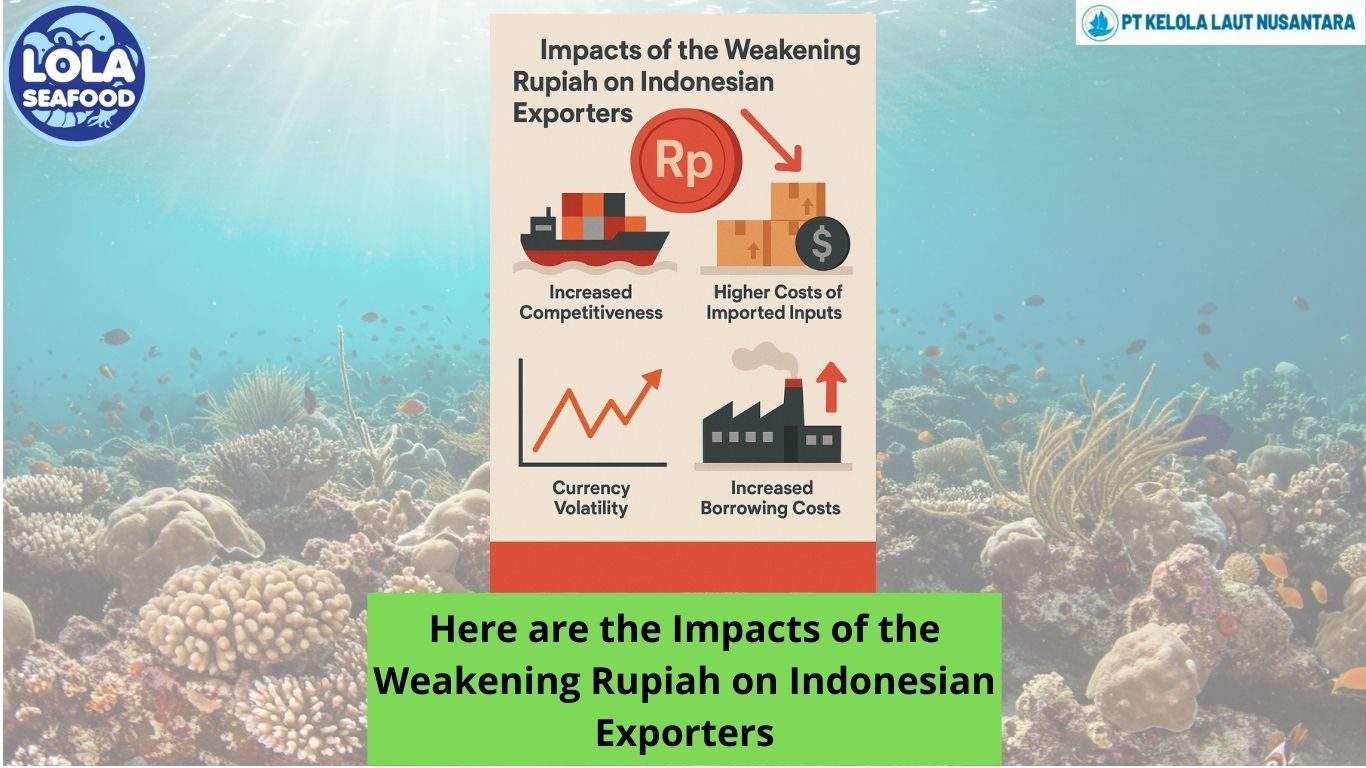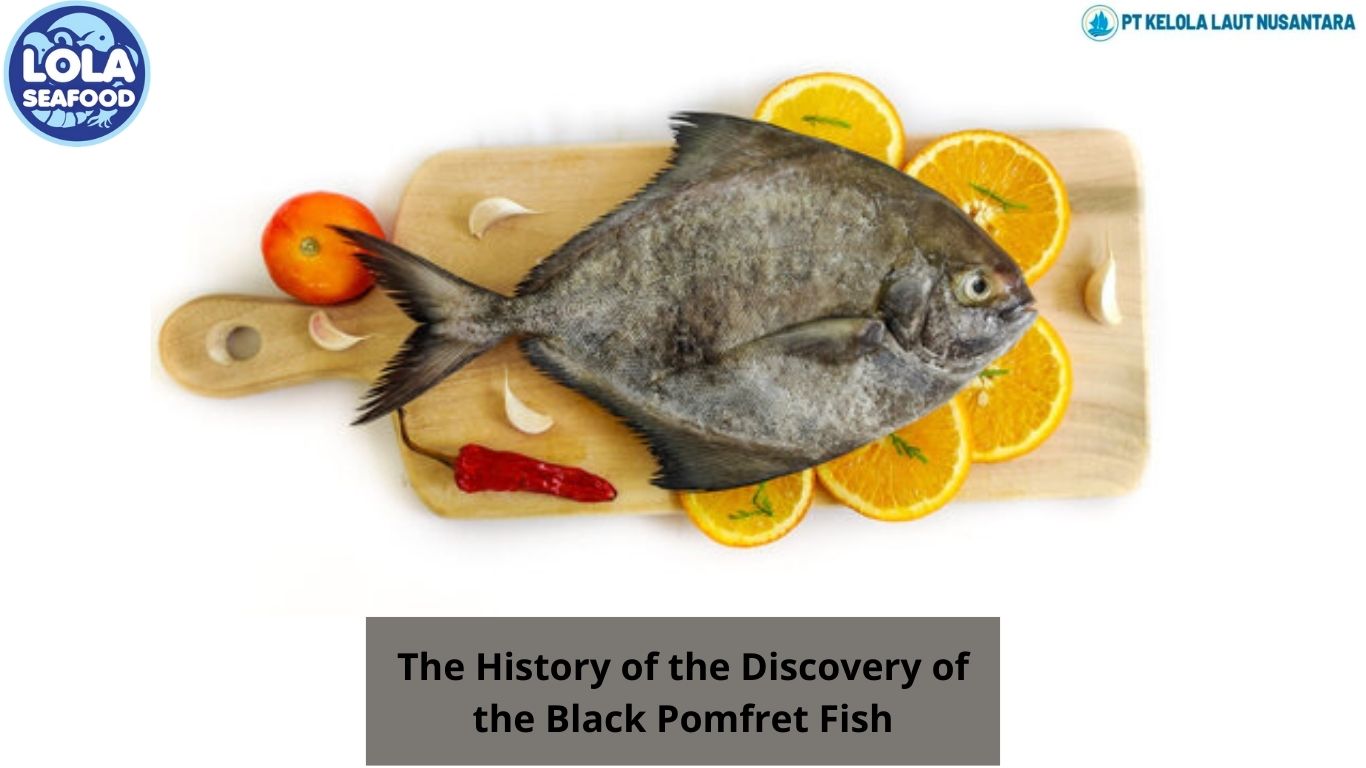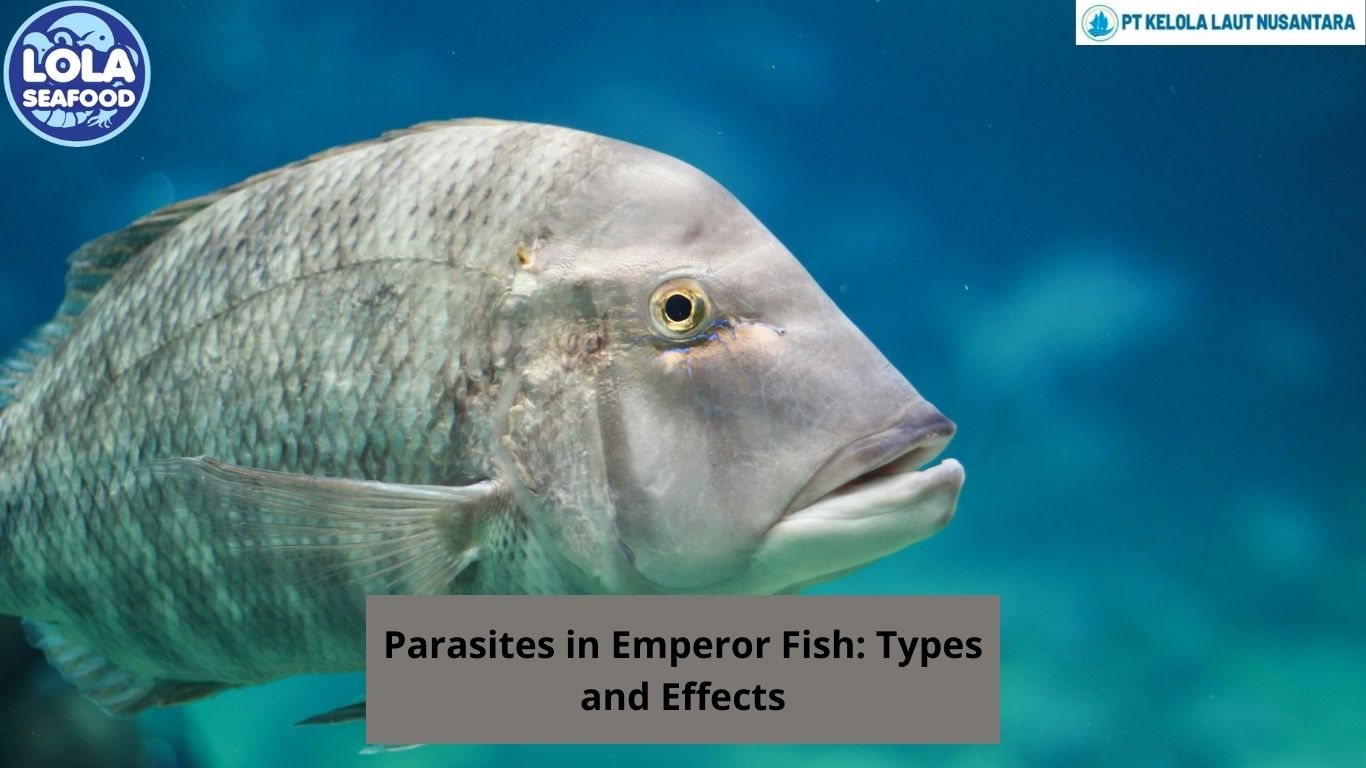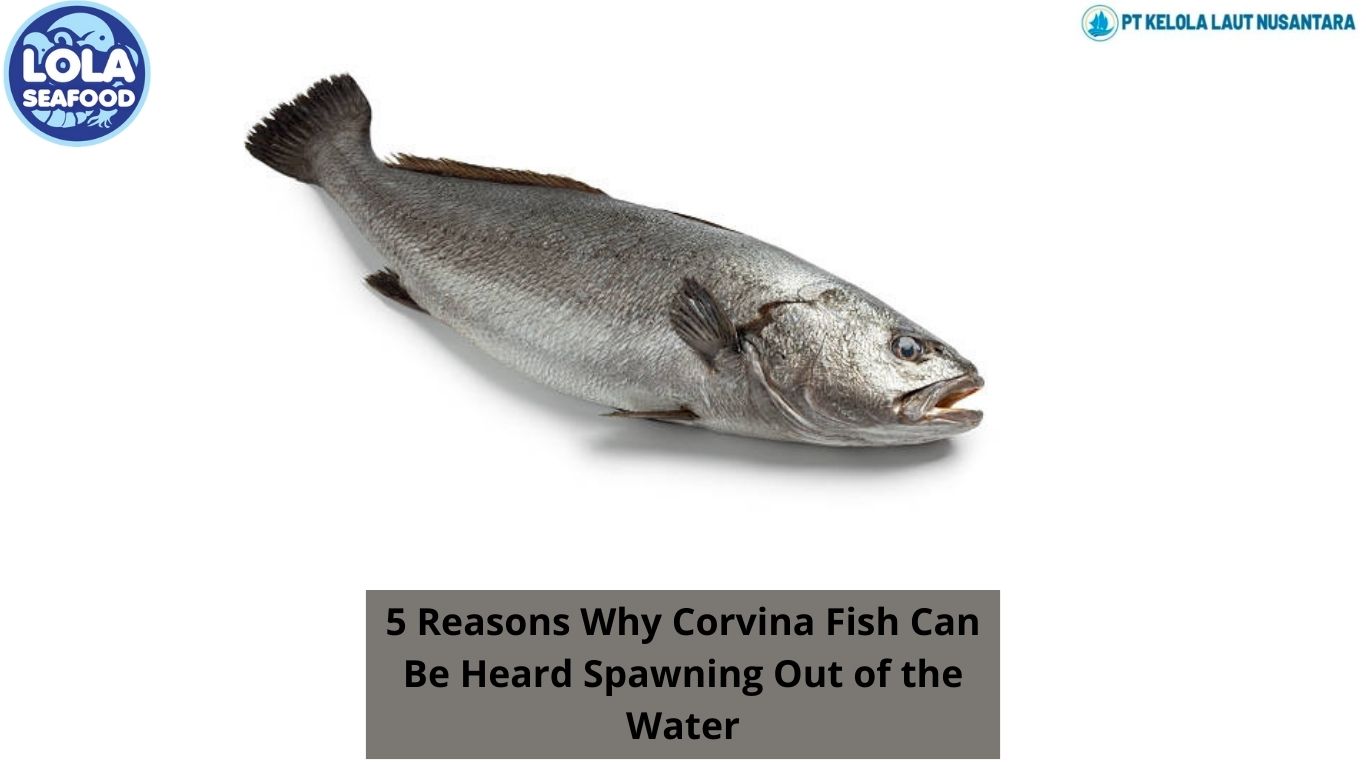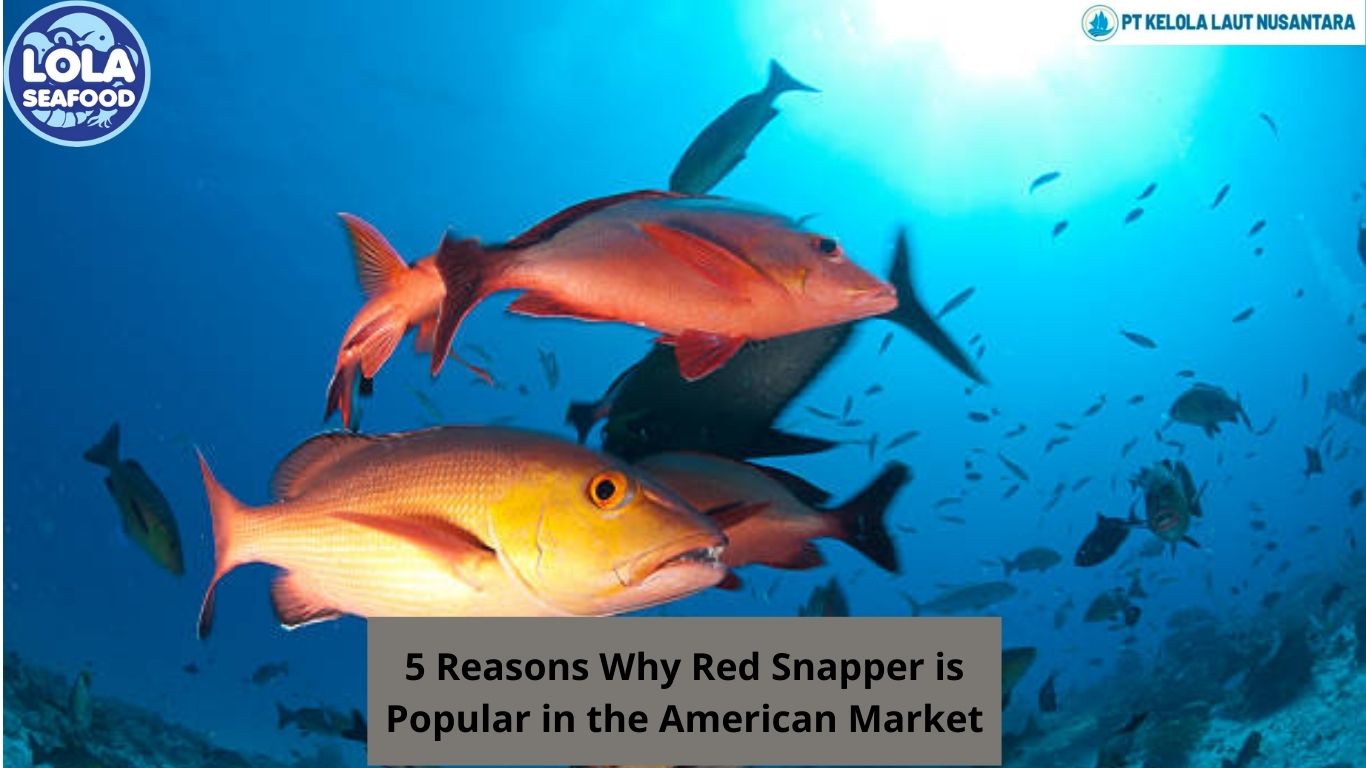Supply Chain of Fisheries for Export: Challenges and Opportunities
By. Wiwik Rasmini - 04 Feb 2025
kelolalaut.com The supply chain of fisheries for export involves various stages, starting from catching or farming fish to delivering the final product to international markets. This industry plays a significant role in the economy, especially for countries that are major producers of seafood, such as Indonesia. However, the fisheries export supply chain faces numerous challenges that impact its efficiency and sustainability.
Stages of the Fisheries Export Supply Chain
- Production
This stage includes activities such as fishing at sea or aquaculture. Factors like seasons, weather, and fish stock availability significantly affect production outcomes. - Processing
After being caught, the fish must be processed immediately to maintain freshness. Processing includes sorting, cleaning, freezing, and packaging. Modern technology is essential to ensure the quality of the products meets export standards. - Domestic Distribution
Processed fisheries products are then transported to ports or airports for export. This process requires proper infrastructure, such as refrigerated transportation, to prevent product spoilage. - Export to International Markets
The final stage involves shipping the products to the destination countries. This process requires compliance with international regulations, such as food safety and sustainability certifications.
Challenges in the Fisheries Export Supply Chain
- Production Instability
Overfishing, climate change, and marine pollution lead to a decline in fish stocks, impacting the availability of raw materials. - Logistical Infrastructure
Many ports and processing facilities remain inadequate, especially in remote areas. This slows down distribution processes and increases the risk of product damage. - Certifications and International Standards
Each destination country has different quality standards. Producers often struggle to meet requirements such as MSC (Marine Stewardship Council) or HACCP (Hazard Analysis and Critical Control Points) certifications. - Sustainability Issues
Unsustainable exploitation of marine resources threatens the long-term viability of the fisheries industry.
Opportunities to Improve the Supply Chain
- Digital Technology
Technologies like blockchain can enhance transparency in the supply chain, ensuring that every product is traceable from its source to the end consumer. - Infrastructure Investments
Developing ports, refrigerated vessels, and modern processing facilities can accelerate distribution processes and improve product quality. - Collaboration with International Markets
Partnerships with international trading partners can open access to new technologies and markets. - Focus on Sustainability
Adopting responsible and environmentally friendly fishing practices can boost competitiveness in global markets that increasingly prioritize sustainability.
If you are interested in our coral trout whole round, coral trout fillet skin on and coral trout fillet skinless please do not hesitate to contact us through email and or whatsapp
